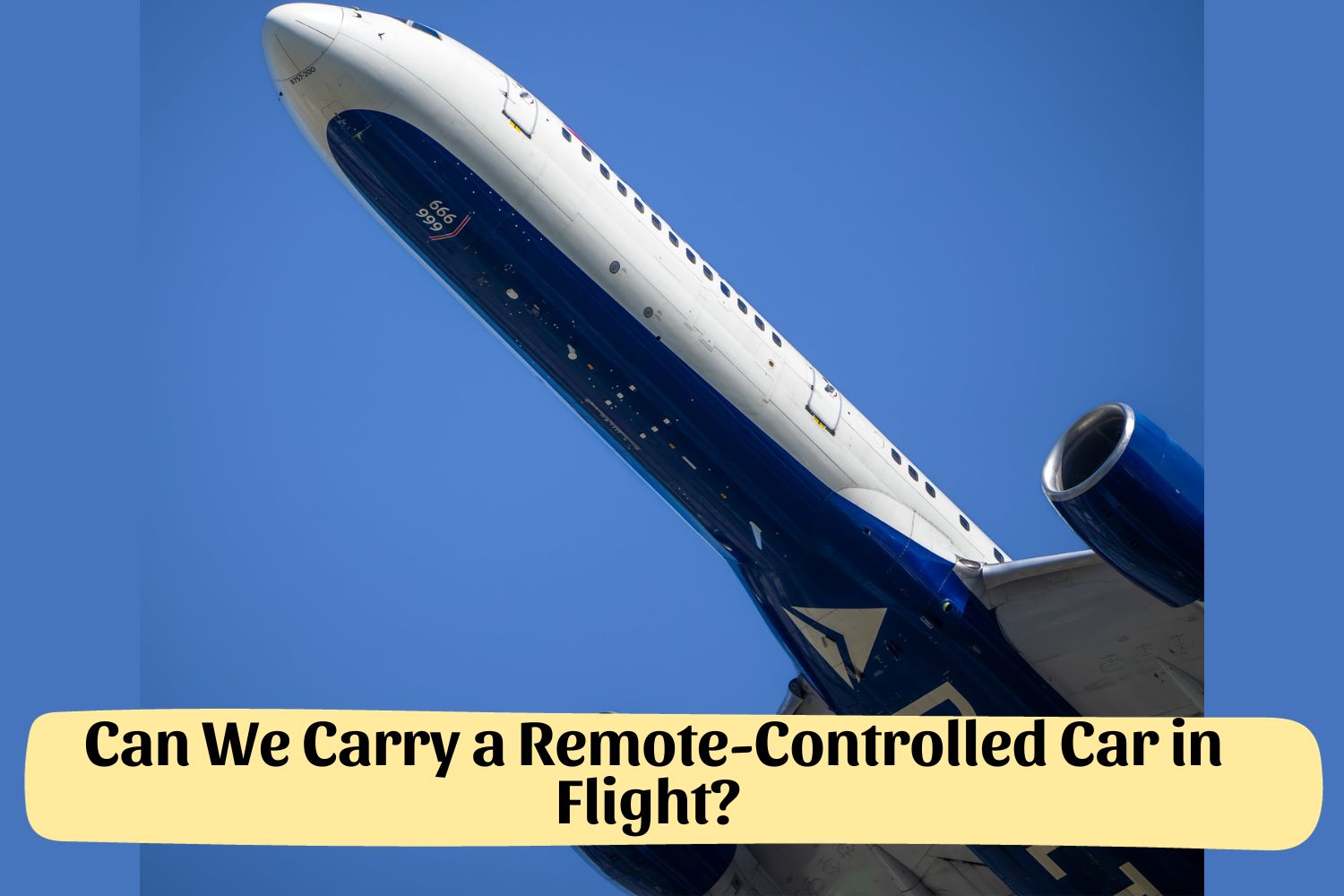Can we carry a remote-controlled car in flight? Find out the rules and regulations here, so you can plan for your next flight.
Can We Carry a Remote-Controlled Car in Flight?
Are you a hobbyist who loves tinkering with remote-control cars? Are you about to take your next trip and want to know if you can bring your beloved toy along for the ride? Well, buckle up and get ready to find out! Can we carry a remote-controlled car in flight?
Yes, you can. It’s important to carefully pack your electronics items, ensuring that all cords are wrapped securely. While you have the option to pack expensive and delicate electronics in either checked or carry-on bags, we highly recommend packing them in your carry-on for added protection.
In this blog post, we will discuss the ins and outs of whether or not it is possible to carry a remote-control car on an aircraft.
We’ll explore the intricacies of FAA regulations related to air travel with some fun tips on how best to prepare for flying with your miniature vehicle. So let’s fire up those engines – here’s what you need to know about taking flight with a remote-control car!
How Can We Carry a Remote-Controlled Car in Flight?
Ensuring the safety of your RC car during air travel is crucial, and we have the steps you need to follow for a worry-free journey.
Step 1: Prepare your RC car
Make sure the fuel tank is empty.
Protect the transmitter from exposure.
Note that car batteries are not allowed in checked baggage or carry-on bags. If you need to bring a car battery, be aware of FAA hazmat regulations.
Step 2: Safeguard your remote control and transmitter
Ensuring proper functionality is essential, so separate your remote from the chassis and body.
Pack the remote tightly to prevent calibration issues.
Step 3: Pack smartly
Use large boxes to avoid stacking bodies and vehicles, minimizing the risk of damage.
Take extra precautions for lipo batteries, which are sensitive to high temperatures. Their lifespan is typically two to three years.
Step 4: Carry essential tools
A good Basher needs to be prepared, so bring an extra set of opinion gear for jumping and stunts.
The versatile Nitro T-wrench is a must-have tool for repairing wheel nuts, glow plugs, and other chassis parts.
Compressed air can be a handy solution for certain repairs.
Step 5: Proper battery disposal
Mismanaged lithium metal and lithium-ion batteries can have devastating consequences for the environment.
Dispose of batteries responsibly, avoiding landfills and environmental harm.
Step 6: Check airline regulations
Before your trip, confirm with your airline if spare lithium ion or lithium metal batteries can be carried in your carry-on bag.
If not, pack them securely in your carry-on bag and check them in at the airport’s check-in counter.
By following these guidelines, you can confidently transport your RC car on a plane while ensuring both its safety and compliance with regulations.
Conclusion
In conclusion, flying with a remote-controlled car can be a fun and unique way to experience something different when traveling.
It is important to remember that each airline has its own rules and regulations, so always check before attempting to fly with your RC car.
However, if you follow the guidelines for bringing such items onboard, then there is a good chance that you will be allowed to bring one with you on your next flight.
Just ensure that the RC car is secured and kept in an approved bag during the flight so as not to cause any problems or disruption. With this in mind, why not break the boredom of air travel by having some fun with one of these mini cars?
You never know – they just might help you get through turbulent times! So act now and take your remote-control car on your next flight – you won’t regret it!
Thanks for reading our article Can We Carry a Remote-Controlled Car in Flight? If you want to know more information, visit our website here.
Read more:

